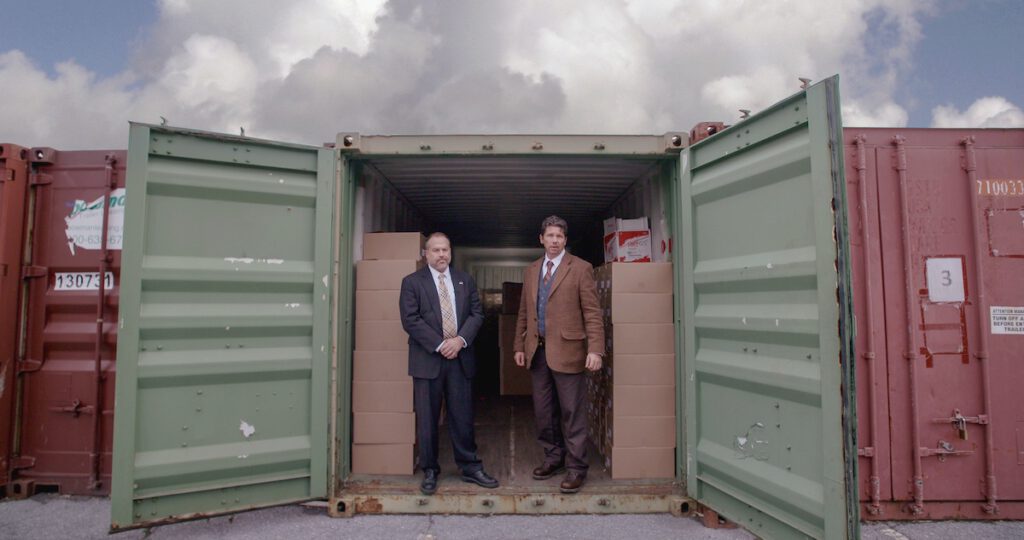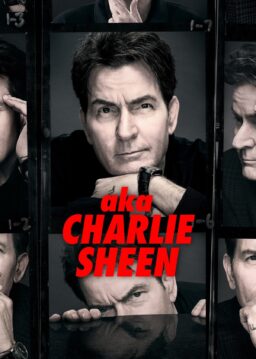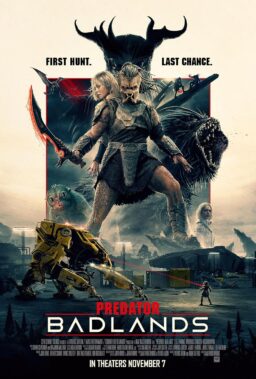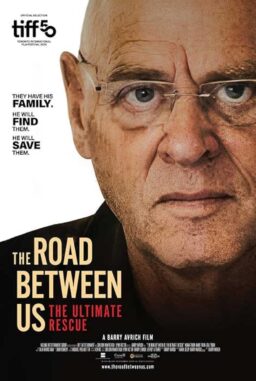David Freid’s short documentary “Guns Found Here” takes an up-close and at times humorous look not at the entire gun control debate, but at the bureaucratic nightmare of tracing registered guns back to their owners during an investigation of a violent crime. When talking about registering a firearm purchase, it would stand to reason that somewhere out there is a computer database that keeps track (probably through serial numbers) of who purchases what, where they purchased it, and who manufactured it. Not so. After a gun is purchased, a form gets sent to an office—the ATF’s National Tracing Center in Martinsburg, West Virginia—where it’s scanned into a PDF file that is then tossed away.
A PDF file.
If you know anything about computer files, you know that a PDF file is useful for many things, but not a database. That means if someone commits a crime with a registered firearm (“registered” is the key term here), the investigators who find the gun on the scene rely on the National Tracing Center to figure out who purchased it. Several people in this office then have to search by hand through millions upon millions of documents to find a matching serial number with a name. What does that look like? You have to watch this documentary to find out, but just imagine palettes upon palettes of cardboard boxes strewn all over an office floor and locked within several hundred storage crates.
Freid’s fast-paced film goes into greater detail, of course, and does so with a pair of investigators (Charles Houser and Neil Troppman) who know full-well how absurd their situation is, but their commitment to their work helps bring a level of hope to the otherwise hopeless situation. “It may seem awkward,” Houser says, “but what we’re doing here might help save a life.” One hopes he is right, but the outdated technology used for this procedure is partly by design and not likely to change anytime soon.
“Guns Found Here” is a tight, beautifully edited piece that adds another small layer of frustration to an already frustrating situation in our country. When we talk about gun control reform, there needs to be a conversation about crime scene investigation reform as well, but Freid’s film reveals a system that is too far gone to have any realistic changes anytime soon. Freid wisely doesn’t waste time trying to get the audience on any side regarding the gun control debate through obvious and didactic means. He lets the statistics and the ridiculousness of the situation speak for itself, and it speaks volumes.

Q&A with director David Freid
How did this film come about?
Honestly, I thought this would be one small part of a larger piece about guns. My team and I were headed to D.C. for a different project, and decided to drive down to Martinsburg, WV to pick up this story at the ATF while we were close. When we did a walk through, I got lost in their bewildering approach to file management. I saw a woman click the down arrow on her computer keyboard without pause about a million times, and wondered how many years she’s been in that chair doing that. Those click sounds were part of a lo-fi orchestra of mechanical tedium—the copy machine hum, paper cutters cutting, boxes moving, staplers and rubber bands snapping. A gauntlet of analog workflow for future paper cuts. Charles, the guy in the vest who you thought was a sitcom character, walked up behind the camera as I was filming and apologized for how boring this place was. (Boring!) All I could think was how this was definitely its own film. The National Tracing Center had the life or death consequences of a police procedural stuffed into a workplace sitcom.
Was it hard to earn the trust of the two investigators? What did they think of what you were trying to do with this film?
This is always a challenge, no matter what the subject. I told them I would present their story fairly and accurately, and would leave out whatever is required, due to the thousands of active investigations happening all around us. Without getting into his thoughts and knowing for sure, I suspect Charles wanted us to get the word out. He has somehow, against all odds, made this system work. He’s a hero. But he could use a few upgrades. And perhaps he saw us as a way to spread the word. I know they’ve turned down other outlets, so they must’ve seen other films I’ve done and liked the approach. Even with big politically polarizing issues, I try not to get into partisan weeds.
And they were very aware of how their image was being presented. We had a minder with us at all times. He would sometimes nix conversation topics or jump in to tell us not to include something that was seen or said. This was a sensitive environment, as it was also a lab for solving crimes. We were allowed to be there, but with limits. For example, when we first arrived, we had to put our equipment through a metal detector at the entrance. In the lobby, there were official portraits of Donald Trump, and then Attorney General Jeff Sessions. But they didn’t look very official. The were obviously printed locally, on a printer that I think was running out of ink. The photos were hung in those plastic sheet protectors that you keep in a binder, and they were very crooked. So as soon as my camera was reassembled, and with permission to film the lobby, I slowly turned toward the portraits. But before I could get them into frame, our minder came out from behind us and took them down. He was aware of what that would look like on camera.
Was it a challenge to make a film about guns in America without going into the typical debates about it?
I think the film has an opinion. It’s not overbearing and didactic, but it’s there. Cops need to be able to catch criminals, and this current system is slowing them down. In some instances, reality speaks for itself.

The tone is strangely comical at times (with Charles Houser being a very memorable character). Did that come through during editing or did you have a sense of it while filming?
Definitely while filming. Charles is funny. Not just because of our edit, he’s really funny. Funnier when the camera’s not on him. And Neil was a great straight man. Having them both on screen was important to allow for that dynamic. I think it made them both a little more comfortable and look, this whole this is just kind of funny and absurd. On some level, they must know that.
I get asked about humor a lot in my films. I always assumed the humor was just obvious—existing there in the world to be filmed. But maybe not. I think this is a really important subject, and I think this one piece of legislation is low-hanging fruit in a much larger conversation about guns. We can solve this one. And then, we can solve the next one. I want as many people as possible to see this film, and I think humor and humanity is a way to get someone to look. My elevator pitch for the film is: “A documentary about guns. It’s a comedy.” People don’t expect that. In theaters, most audiences don’t feel okay laughing at first. By the time Charles talks about turning a PDF into a JPEG, the audience is on my side.
Did any of your personal views about guns or gun control change while making this film?
I went in believing that we need more common sense gun control in our country, and this experience reinforced that. While we were there, there was a mass shooting. We were only there for two days. The day we released the film, there was a mass shooting. Business as usual isn’t an option.
What’s next for you?
Right now I’m shooting a feature doc about teen suicide. I just officially signed with the commercial company, Nonfiction Unlimited. I’m planning on turning one of my favorite shorts, “High Chaparral,” into a feature. And I’ve got a TV show in development with IPC that I hope becomes a reality because it will be fantastic. I was steadily employed for several years, and forgot how many irons you’ve got to keep in the fire in the world of freelance. I don’t know what those irons are supposed to do in the fire, but I hope they do that thing.












